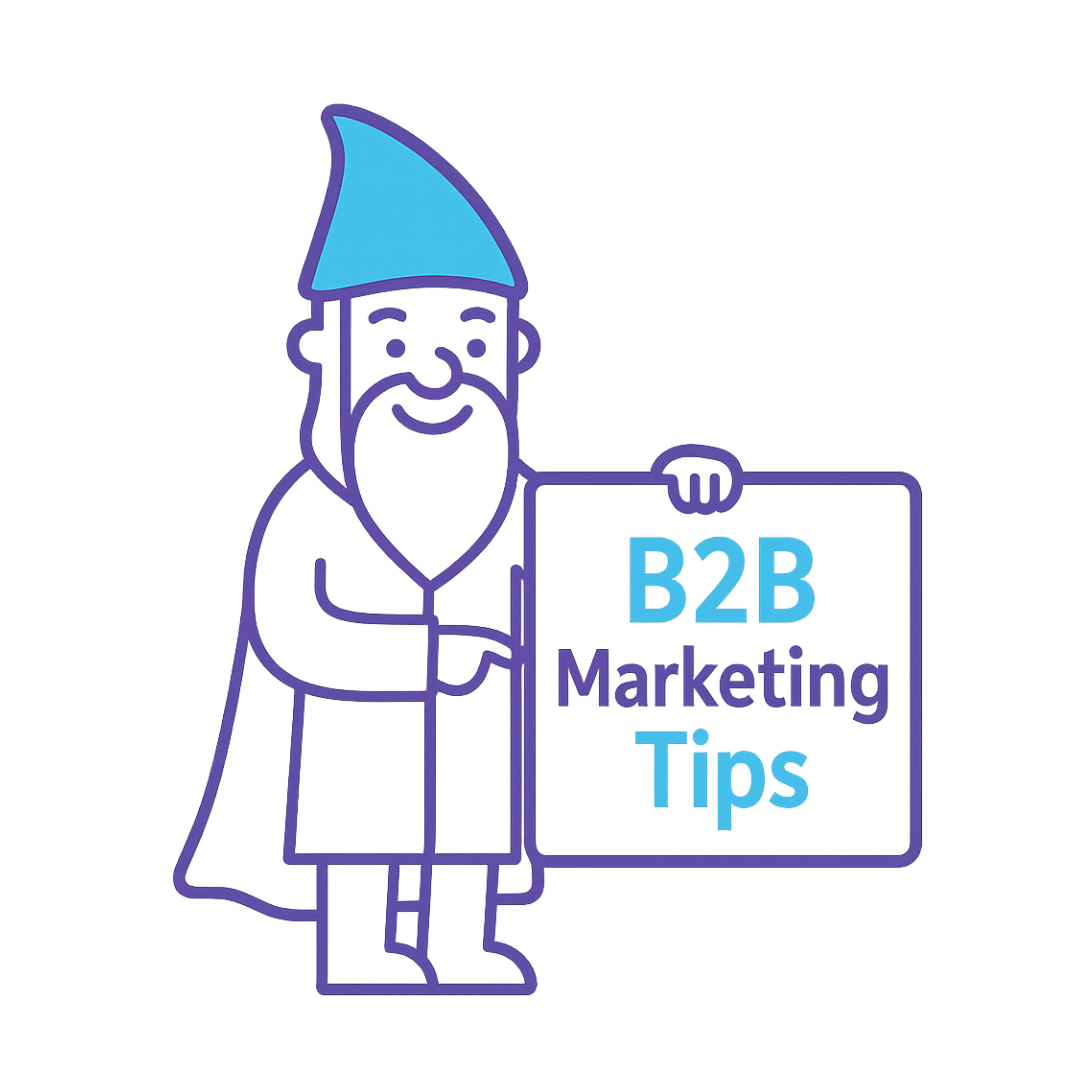In the mystical world of marketing automation, akin to the enchanting tales of Merlin and the ingenious inventions of Leonardo da Vinci, lies a powerful spell that can transform mere leads into victories for your business. This spell, known in the realm of Marketo as “scoring,” is a potent tool in the hands of marketers, enabling them to prioritize leads with the precision of a wizard and the insight of a renaissance genius. In a recent office hour hosted by myself, Sylvain Davril, at Merlin/Leonard, we delved deep into the arcane knowledge of Marketo scoring, uncovering its purposes, practices, and the pitfalls to avoid.
- 00:00 Introduction
- 01:49 Objective of scoring
- 05:49 What to score
- 16:00 Best practices in behavioral scoring
- 36:00 Best practices in demographic scoring
- 46:37 What to exclude from scoring
- 50:31 Other use cases
In the ever-evolving world of digital marketing, understanding and implementing effective lead scoring strategies is paramount. Marketo, as a leading marketing automation platform, offers robust scoring capabilities to help marketers prioritize their leads more efficiently. In this blog post, we dive deep into the intricacies of Marketo scoring, guided by insights from a recent Marketo Office Hour session led by none other than Sylvain Davril, a seasoned expert in the field.
The Essence of Marketo Scoring
Marketo scoring is a dynamic tool designed to help sales teams identify and prioritize hot leads. It operates on the principle of assigning points based on demographic, firmographic, and behavioral attributes of leads. These points accumulate to form a score, which, in turn, categorizes leads based on their level of engagement and potential to convert. This scoring mechanism is crucial in enabling sales teams to focus their efforts on leads that are most likely to result in successful conversions.
Demographic, Firmographic, and Behavioral Scoring
The scoring model in Marketo is multifaceted, incorporating demographic, firmographic, and behavioral aspects:
- Demographic Scoring focuses on the personal attributes of the lead, such as age, location, and job title.
- Firmographic Scoring pertains to the characteristics of the organization the lead belongs to, including industry, company size, and revenue.
- Behavioral Scoring assesses the actions taken by the lead, such as website visits, email engagements, and content downloads.
These components work together to provide a comprehensive view of the lead’s potential, guiding marketers in tailoring their strategies accordingly.
Navigating the Marketo Scoring Process
The process of scoring in Marketo is both an art and a science. It begins with the identification of attributes and actions that are indicative of a lead’s interest and potential. Points are then allocated to these attributes and actions, summing up to form an overall score. This score is critical in determining the lead’s position in the sales funnel, from being a cold lead to becoming a marketing qualified lead (MQL), and eventually a sales qualified lead (SQL).
However, the scoring process is not without its challenges. Marketers must carefully consider what to score and how much weight to give to different attributes and behaviors. It’s equally important to recognize when not to score, such as in cases where leads exhibit non-standard behavior or fall outside the target audience.
Advanced Marketo Scoring Strategies
During the session, Sylvain Davril highlighted the importance of refining scoring strategies over time. With advancements in data analytics and artificial intelligence, marketers now have the tools to analyze lead data more deeply, identifying patterns and insights that can fine-tune scoring criteria. This involves not just looking at what leads are doing but understanding why they’re doing it, thereby predicting their future actions with greater accuracy.
Moreover, scoring shouldn’t be a static process. It needs to evolve with changing market dynamics, customer behavior, and organizational goals. Regularly reviewing and adjusting scoring criteria ensures that the scoring system remains relevant and effective.
Final Thoughts
Marketo scoring is a powerful mechanism that, when used effectively, can significantly enhance lead management and conversion rates. By understanding the nuances of demographic, firmographic, and behavioral scoring, marketers can create a scoring system that accurately reflects the potential of each lead. However, it’s crucial to remember that scoring is just one part of a broader marketing strategy. It should be complemented with targeted content, personalized engagement, and continuous optimization based on performance data.
In conclusion, mastering Marketo scoring requires a blend of analytical skills, marketing knowledge, and a deep understanding of the customer journey. As Sylvain Davril aptly demonstrated, with the right approach, Marketo scoring can indeed bring a touch of magic to the marketing automation process, transforming leads into valuable customers and driving business growth.





